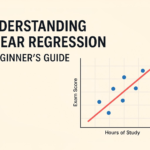Physical Address
304 North Cardinal St.
Dorchester Center, MA 02124
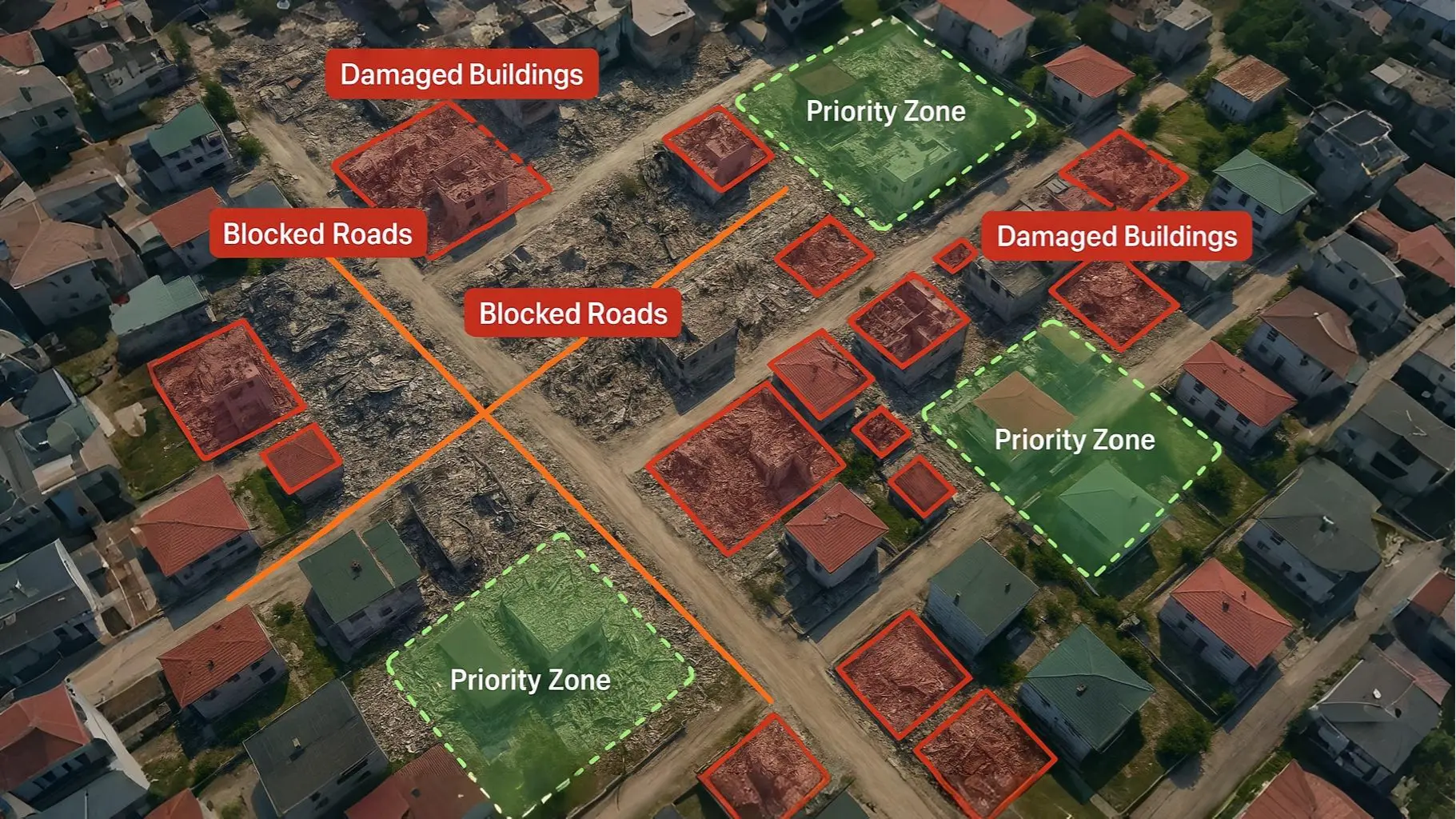
Discover how AI is transforming disaster response with real-time monitoring, predictive analytics, and smart resource use—saving lives when every second counts.
When Hurricane Maria devastated Puerto Rico in 2017, emergency responders faced a massive challenge: how to efficiently allocate resources across a damaged landscape with limited communication. Today, the scenario would be dramatically different. Artificial intelligence systems would analyze satellite imagery to identify the hardest-hit areas, predict population movements, and optimize resource allocation—all within hours of the disaster.
This transformation represents one of the most promising applications of AI technology today. As someone who’s followed the evolution of emergency management systems over the past decade, I’ve witnessed a remarkable shift in how we respond to crises. The integration of AI into disaster response isn’t just changing the game—it’s saving lives.
Table of Contents
ToggleDisasters don’t wait for us to be ready. Whether it’s wildfires in California, hurricanes along the Gulf Coast, or earthquakes in the Pacific Northwest, these events demand immediate, coordinated responses. Traditionally, emergency management has relied heavily on human expertise and decision-making—both valuable but limited by the sheer volume of information that needs processing during a crisis.
This is where AI steps in. By leveraging massive datasets, machine learning algorithms, and advanced analytics, AI systems can process information at speeds and scales impossible for human teams. The result? Faster, more accurate decisions when every minute counts.
Disaster management typically follows four phases: mitigation, preparedness, response, and recovery. AI plays distinct roles in each:
| Phase | Traditional Approach | AI-Enhanced Approach |
|---|---|---|
| Mitigation | Historical data analysis | Predictive modeling of disaster risks |
| Preparedness | Manual emergency planning | Automated scenario modeling and resource optimization |
| Response | Human coordination of resources | Real-time analytics and adaptive resource allocation |
| Recovery | Paper-based damage assessment | Computer vision damage analysis and predictive rebuilding needs |
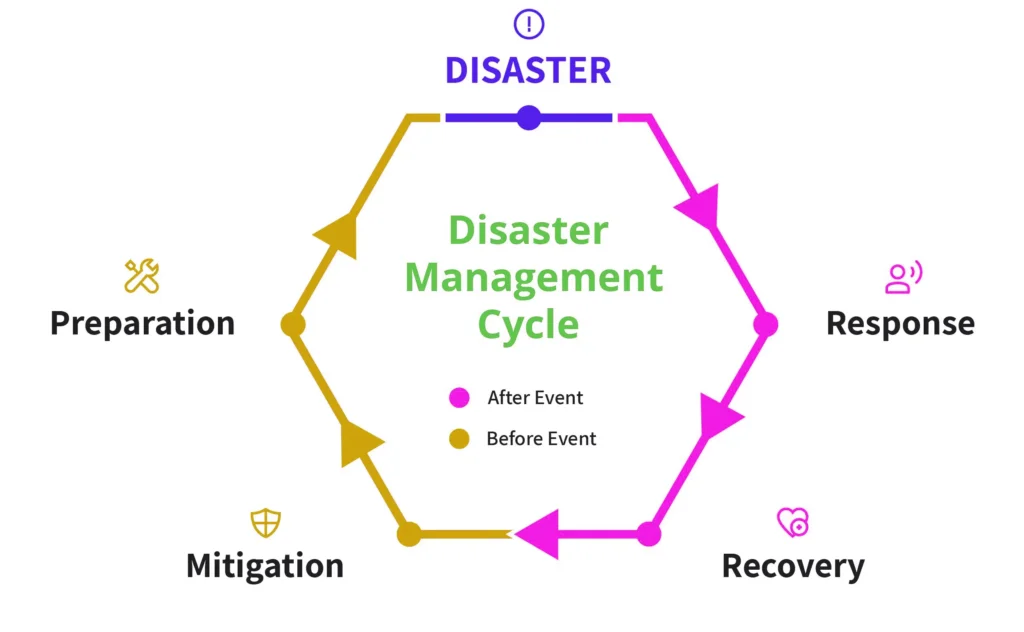
One of the most valuable applications of AI in disaster management is prediction. Traditional forecasting models have served us well, but they often struggle with the complex, non-linear relationships that characterize natural disasters.
Modern AI systems, particularly those using deep learning architectures, excel at finding patterns in seemingly chaotic data. For example, AI models analyzing seismic data can now predict earthquake aftershocks with significantly higher accuracy than previous methods. These systems continuously learn from new data, making them increasingly precise over time.
“The difference between a 70% and 90% accurate prediction might seem academic,” I often tell people, “until you realize that 20% could represent thousands of lives saved through better evacuation planning.”
In regions like the Mississippi River basin, where flooding affects millions of Americans annually, AI-driven prediction models have revolutionized early warning systems. By integrating:
These systems can predict potential flooding up to two weeks in advance with remarkable precision. The National Weather Service has reported a 35% improvement in prediction accuracy since implementing these AI-enhanced models.
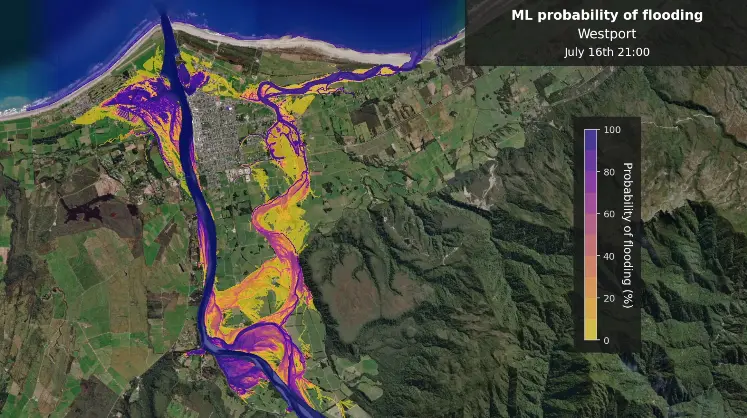
When disasters strike, situational awareness becomes critical. Emergency managers need to know: Where is the disaster most severe? How is it evolving? Where are people most vulnerable?
Machine learning algorithms excel at continuous monitoring by integrating multiple data streams:
The Artificial Intelligence Digital Response (AIDR) platform exemplifies this capability. During recent hurricane events, AIDR classified over 100,000 social media posts per hour, helping emergency services identify trapped individuals and urgent needs that might otherwise have been overlooked.
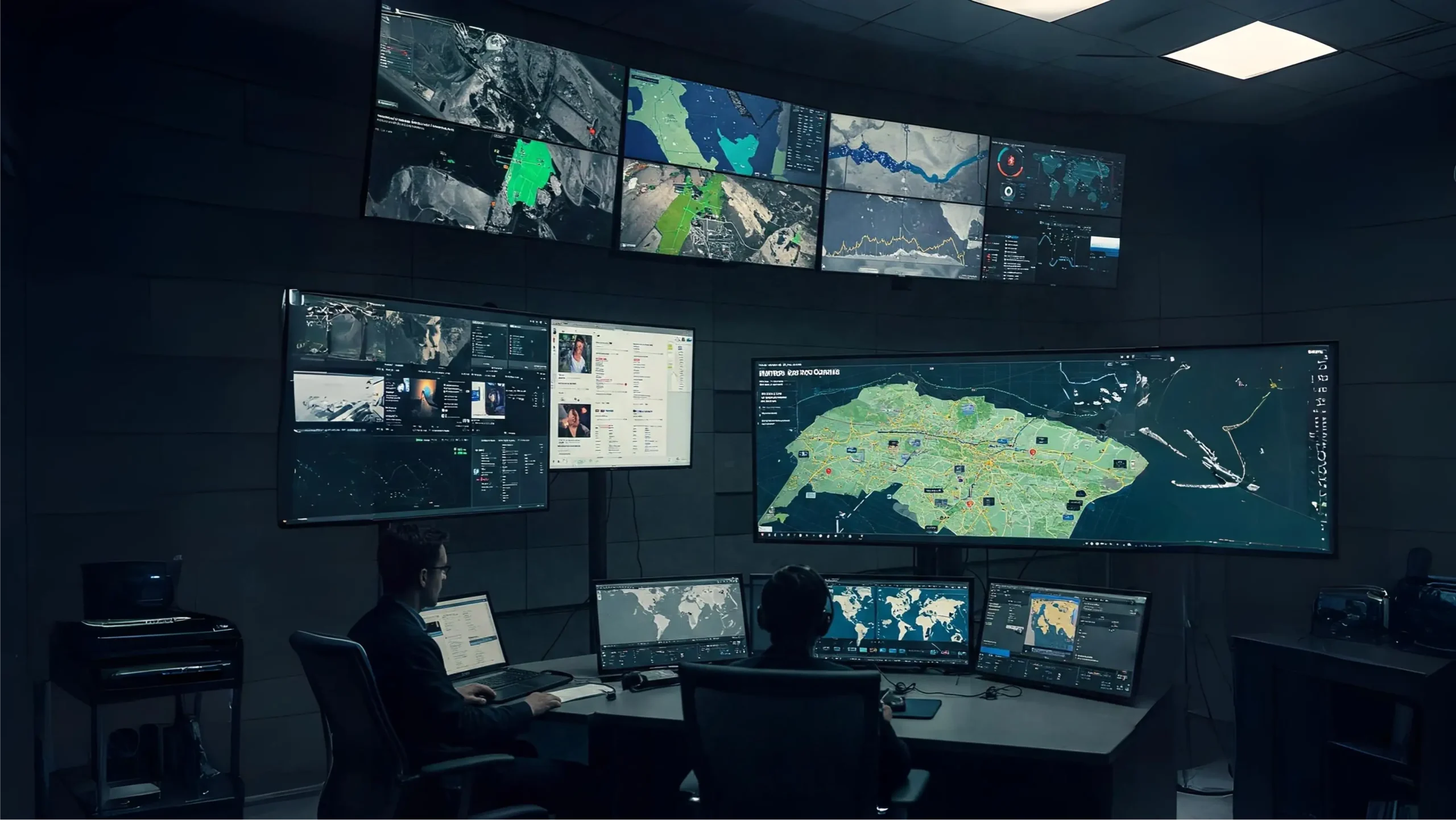
During disasters, social media becomes a critical information source. People share real-time updates about conditions on the ground, often before official channels can assess the situation. However, the volume of posts quickly becomes overwhelming for human analysts.
This is where AI’s natural language processing capabilities shine. These systems can:
I’ve seen these systems in action during wildfire seasons in California, where they’ve helped identify evacuation needs and spot new fire fronts reported by civilians before official detection.
When communication infrastructure is compromised, connecting with emergency services becomes challenging. AI-powered chatbots have emerged as an effective solution, requiring minimal bandwidth while providing critical assistance.
These conversational AI systems can:
The beauty of these systems is their scalability—they can simultaneously communicate with thousands of affected individuals, providing personalized assistance when human responders are overwhelmed.

With great power comes great responsibility. As we integrate AI more deeply into disaster response, important ethical questions arise that we must address thoughtfully:
While emergencies may justify expanded data collection, we must consider the long-term implications. Should location data collected during evacuations be deleted afterward? How do we balance immediate safety needs with privacy rights?
AI systems can inherit biases from their training data. If historical disaster response has underserved certain communities, algorithms might perpetuate these patterns. Developers must actively work to identify and eliminate these biases.
When AI systems make recommendations about resource allocation or evacuation priorities, the reasoning should be explainable to both emergency managers and the public. Black box algorithms risk eroding trust at times when public confidence is essential.
During disasters, resources are inevitably limited. Ambulances, rescue teams, shelter supplies—all must be distributed to maximize impact. This complex optimization problem is perfectly suited for AI solutions.
Modern emergency management platforms like WebEOC now incorporate AI modules that can:
I’ve witnessed the difference these systems make firsthand. During a recent tornado response, AI-optimized resource allocation reduced average emergency response times by nearly 30%—a difference that translates directly to lives saved.
Traditional damage assessment methods involve teams of inspectors physically visiting affected areas—a process that’s both slow and potentially dangerous. The integration of aerial platforms with AI analysis has transformed this aspect of disaster management.
Here’s how this partnership works:
This approach can reduce assessment time from days to hours while keeping assessment personnel safely away from hazardous conditions.
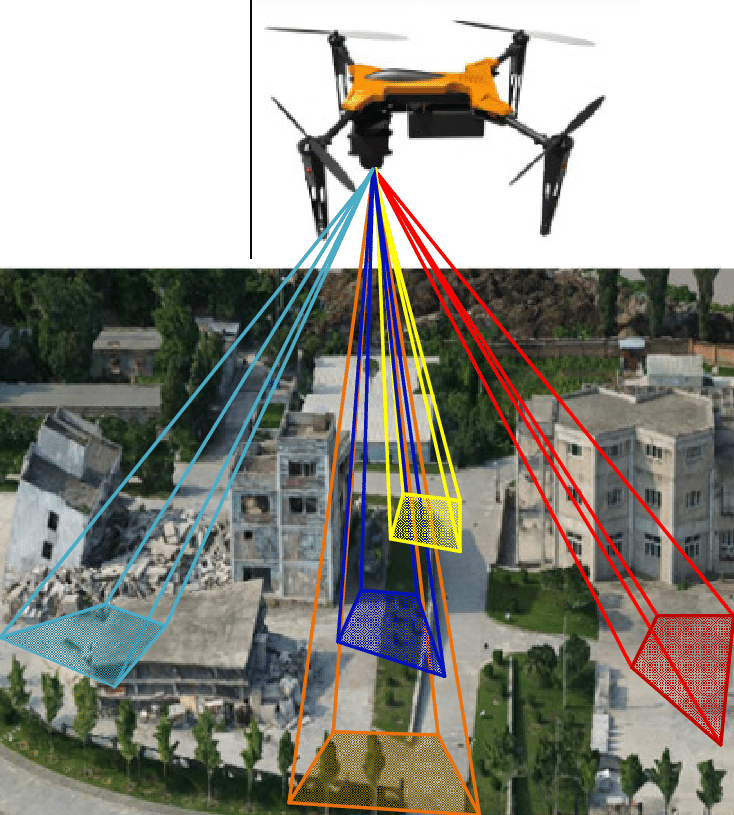
Despite its promise, AI isn’t a silver bullet for disaster management. Understanding its limitations is crucial for responsible implementation:
Many AI systems require substantial computing resources and network connectivity—both of which may be compromised during disasters. Robust, low-resource alternatives must be maintained.
Disasters aren’t just technical problems; they’re human crises. AI excels at data analysis but lacks the empathy and contextual understanding that human responders bring to traumatic situations.
AI systems learn from historical data, which means unprecedented disaster types or unique circumstances may fall outside their training parameters. Human oversight remains essential.
As AI systems take on greater responsibility in disaster management, transparency becomes non-negotiable. Emergency managers, government officials, and the public need to understand how and why AI systems make specific recommendations.
This transparency serves multiple purposes:
The most effective emergency management systems now include dashboards that explain AI recommendations in plain language, showing the key factors influencing each suggestion.
Looking ahead, several emerging technologies promise to further revolutionize disaster management:
As quantum computing matures, it will enable unprecedented simulation capabilities. Emergency planners will run thousands of disaster scenarios with variables too complex for today’s systems, creating more robust response plans.
The next generation of AI systems will operate effectively at the network edge, requiring minimal connectivity. These systems will bring advanced capabilities to even the most remote disaster zones or areas with damaged infrastructure.
Rather than replacing human responders, future systems will augment their capabilities. Imagine emergency medical teams with AI assistants that continuously monitor patient vital signs while suggesting treatment protocols based on the latest research.
The best disaster is the one that never happens. AI systems are increasingly focused on preventing infrastructure failures before they occur by identifying subtle warning signs in bridges, dams, power systems, and other critical structures.

As these technologies become more prevalent, communities can take steps to maximize their benefits:
I believe communities that embrace these technologies while thoughtfully addressing their limitations will demonstrate significantly greater resilience when disasters inevitably strike.
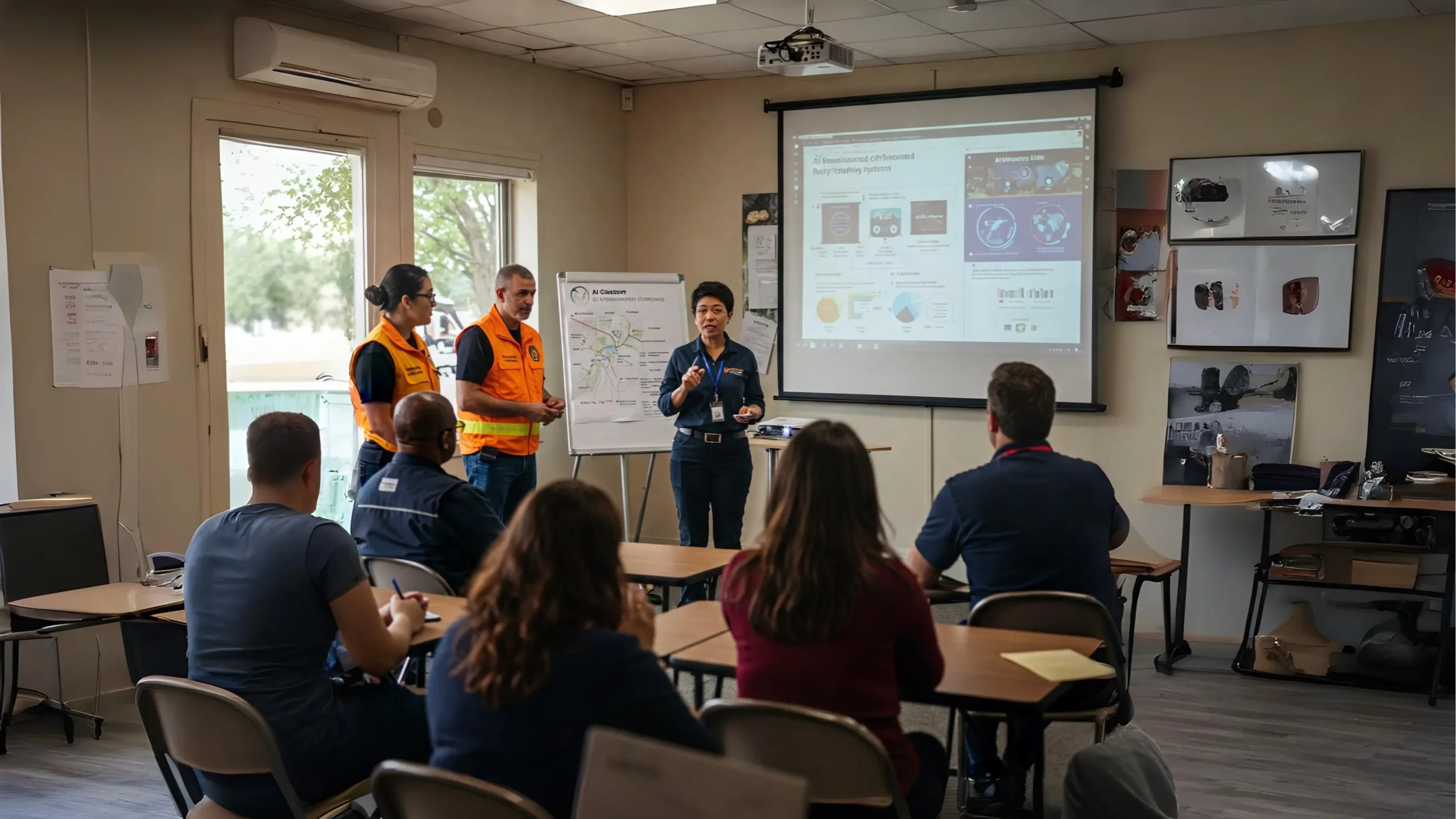
AI is transforming disaster response in ways we could barely imagine a decade ago. From prediction to recovery, these technologies offer unprecedented capabilities to emergency managers and affected communities alike.
Yet the most effective disaster management will always balance technological sophistication with human compassion. AI can process the data and optimize the logistics, but it’s the human responders who provide comfort, understanding, and the face of hope in our darkest hours.
As we continue developing these systems, let’s ensure they amplify our humanity rather than replace it. The goal isn’t to create artificial responders but to give our very real heroes the tools they need to save more lives when disaster strikes.
What steps is your community taking to integrate AI into emergency planning? Have you experienced AI-enhanced disaster response firsthand? Share your experiences in the comments below or reach out to your local emergency management agency to learn more about how these technologies might be implemented in your area.

Subscribe to our weekly newsletter below and never miss the latest product or an exclusive offer.

